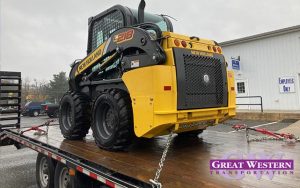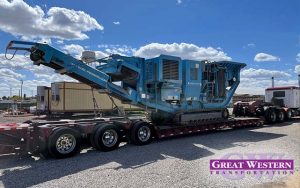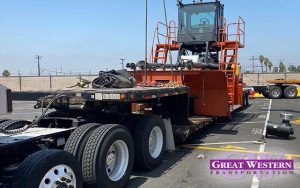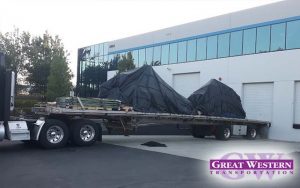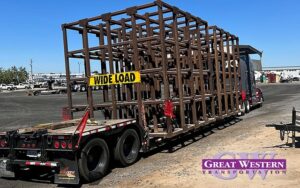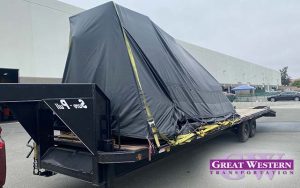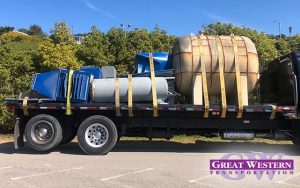Across highways and byways across America, in little towns and big cities, trucks pick up, deliver, and transport a tremendous amount of goods and products. Flatbeds trucks compose a large portion of the trucks and perform a job that other trucks are incapable of doing. So what makes flatbed trucking so valuable to American logistics? Read on and find out.

To Get the Job Done You Need the Equipment
Flatbed trucking, and flatbed trucks, excel at hauling equipment. The very nature of their flatbeds means they are capable of hauling big pieces of equipment safely and without limits on equipment size or concerns about trailer size. Items such as tractors, backhogs, bulldozers, and much more have found passage to their next destination on a flatbed truck.
You Also Need The Materials to Go with That Equipment
Flatbed trucking does much more than just bring the equipment to a project. It also brings the materials to the project, ensuring the project is constructed with quality materials as well as quality equipment. Flatbed trucks provide multiple opportunities and possibilities for stacking, moving, and re stacking at the perfect destination of the project of your dreams.
After Every Project Comes the Clean-Up
Whether your project is a small fence or a major skyscraper, when your project is done there will be scrap and items too big for trash cans to be disposed of in a responsible way. Flatbed trucking can help you load up, remove, and even dispose of your project’s scraps with minimum effort and extra ease.
Flatbed trucking is an integral part of the American logistics system. Flatbed trucks enable items that may otherwise not get to their destination to arrive safely and in a timely manner. Great Western Transportation has a fleet of different types of trucks, include flatbed trucks, to help ensure that no matter what size of project you are working on, you have everything you need to make it a success.





